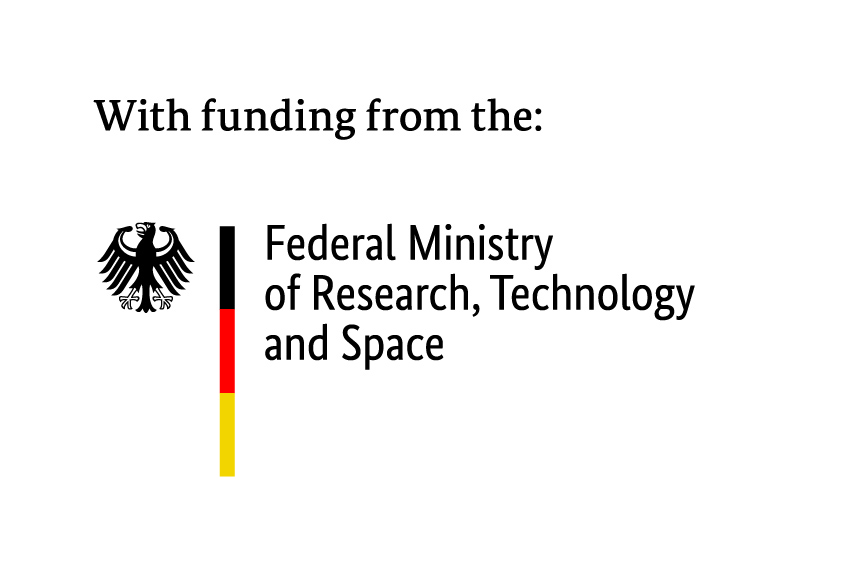
CiRQus
Circular Rydberg Atom Quantum Simulator
Longer life for Rydberg atoms
Quantum simulators with trapped Rydberg atoms are a promising approach to compute the interplay of many interacting quantum particles and have seen a very fast development in recent years. However, their computation time (coherence time) is limited by the finite lifetime of the Rydberg state. Within the CiRQus project, we want increase this lifetime by a factor of 1000. To achieve this goal, we aim to trap and control so-called “circular” Rydberg states, which feature orders of magnitude longer lifetimes compared to more conventional Rydberg states.
The CiRQus Project
Perfect control of these circular Rydberg atoms in atomic beams has already enabled research on fundamental aspects of the quantum nature of light, for which the French physicist Serge Haroche was awarded the 2012 Nobel Prize in Physics, along with American physicist David Wineland. The goal of the CiRQus project is now to extend this control to laser-cooled and trapped atom arrays in order to exploit the extraordinary potential of circular states for quantum simulations.

To achieve this, we investigate an innovative concept. Indeed, the long coherence time of circular Rydberg states is not simply given to us. It is crucial to eliminate microwave radiation, which is present everywhere in our quantum optics labs as blackbody radiation, because this radiation strongly disturbs the coherence of our qubit. We will use a specially designed capacitor to suppress microwaves for this purpose. This will make it possible to avoid the otherwise necessary cooling with expensive liquefied gases.
Promising prospects for quantum computing
The quantum simulator with circular Rydberg atoms enables a variety of applications, such as the simulation of quantum materials or the solution of optimization problems. The long coherence time will be first exploited to study many-body dynamics in 2D quantum magnets on this platform. In perspective, perfect control over trapped circular Rydberg atoms also offers promising opportunities for novel qubit concepts for digital quantum computing with neutral atoms.
Funding
CiRQus is fundend by the German Federal Ministry of Research, Technology and Space (BMFTR) as part of the competition “Quantum Futur”.
